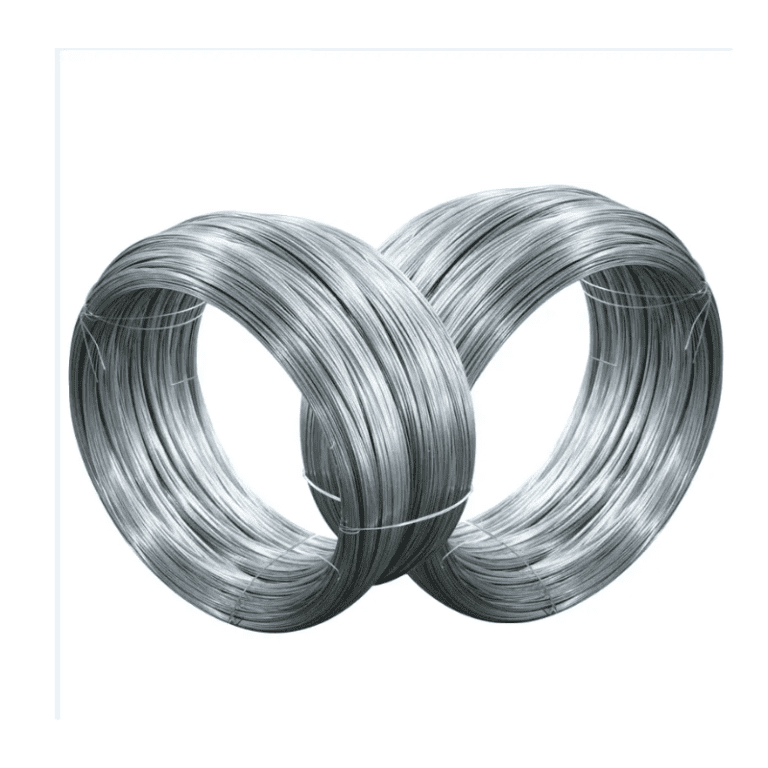The surface of galvanized steel wire is smooth, bright and clean, without cracks ground, knots, punctures, scars and rusts, with uniform galvanized layer, strong adhesion, lasting corrosion resistance, excellent toughness and elasticity. Tensile strength should be between 900Mpa-2200Mpa (wire diameter Φ0.2mm-Φ4.4mm). The number of twisting (Φ0.5mm) is above 20 times, and the repeated bending should be above 13 times.
Galvanized iron wire has good toughness and elasticity, the general zinc layer thickness is 250g/m, and the larger zinc content can reach 300g/m2. It has the characteristics of thick galvanized layer and strong corrosion resistance. It is widely used in construction, handicrafts, wire mesh weaving, highway guardrails, product packaging, daily civilian use and other fields.
Galvanized steel wire is also divided into hot-dip galvanized wire and cold-dip galvanized wire. Hot-dip galvanized wire is steel wire dipped in a heated and melted zinc solution, which is produced quickly and has a thick but uneven coating. It is darker in color, consumes more zinc metal, forms an infiltration layer with the base metal, and has good corrosion resistance.
Hot-dip galvanized steel wire can be maintained for decades in outdoor environments. Cold galvanized steel wire is gradually plated on the metal exterior by unidirectional current in an electroplating bath. It is slow in production, has a uniform coating, is thinner, usually only 3-15 microns, and has a bright appearance, but has poor corrosion resistance and will generally rust in a few months. Compared to cold plated steel wire, hot plated steel wire is less expensive to produce and has less environmental impact than electroplating.
Because of its thicker coating and better protection, hot-dip galvanized steel wire is often used as an important protective coating for steel parts in harsh working environments. It is used in a wide range of industries such as chemical equipment, petroleum processing, marine exploration, metal structures, power transmission, and shipbuilding. In addition, in recent years, it has been used extensively in the agricultural field such as pesticide sprinklers, warming houses, and in the construction industry such as water and gas transmission, wire casing, scaffolding, bridges, and highway guardrails.
Regarding the storage of galvanized steel wire, it is important to choose the right way and to store these products in different categories. There are differences in the storage methods of hot-dip galvanized steel wire and cold-dip galvanized steel wire. For hot-dip galvanized products, the zinc layer is generally thicker, so even if it rusts, it does not have much effect, so the storage requirements are not as strict. The storage requirements for cold galvanized steel wire are very strict, because the zinc layer is very thin, so once oxidation is detected, it must be treated promptly. If these products are damp, wipe them clean, keep the surface clean and put them in a dry and ventilated place as much as possible. Be sure to master the storage method of the product, so as to be able to extend the use of the product time.


